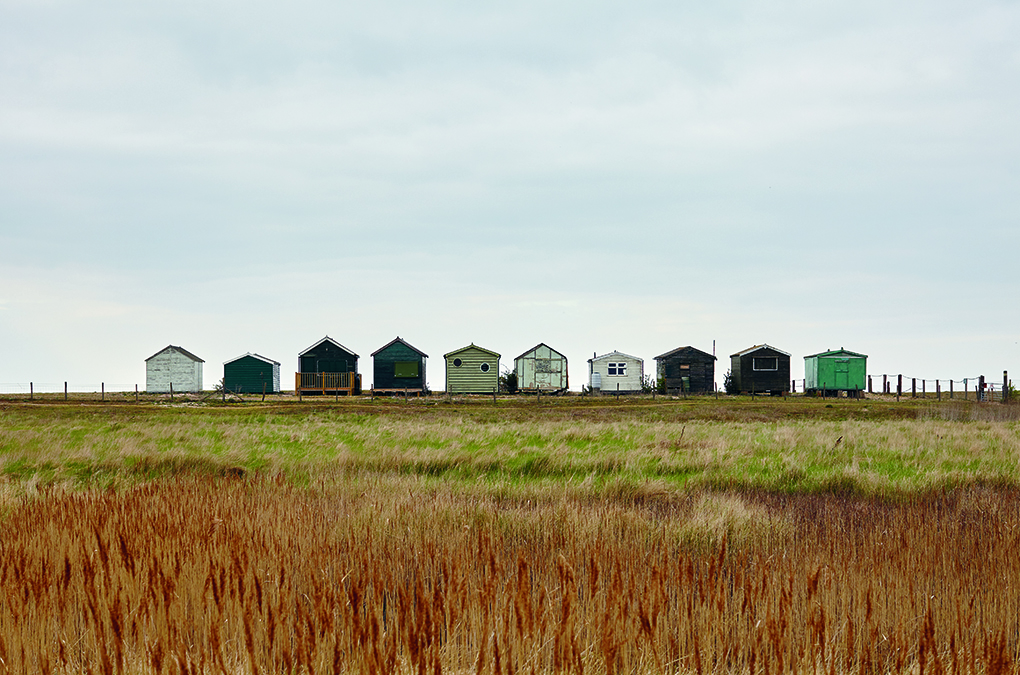
The Sportsman’s winning ingredients: a very English terroir
How soil, climate and local produce enabled Stephen Harris to turn a grotty pub into a team GB champion
Terroir is a French loan word that some English speakers would like to hand back. Stephen Harris, the proprietor chef of brilliant British restaurant The Sportsman, isn’t one of them. Though he sometimes thinks the French purposefully mystify the relationship between an areas landscape, soil, geology, climate and the kind of food it produces, he understands how place affects taste.
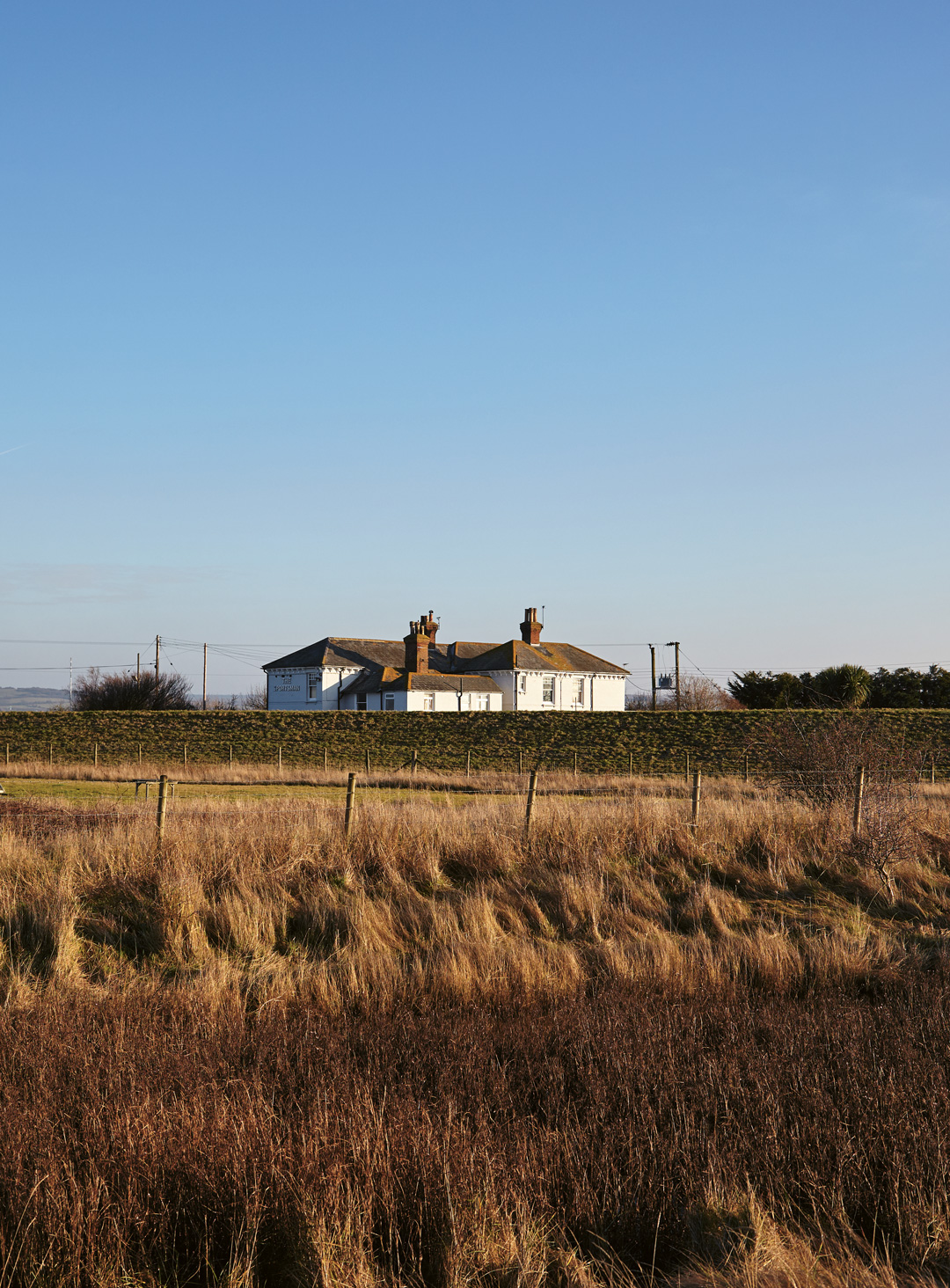
“A Chardonnay grown in Chablis will taste very different from one grown in Languedoc,” he writes in his debut cookbook The Sportsman. “To explain this we have to understand the soil, the rock that lies beneath the soil, the climate and local factors, such as the shape of the landscape. This can affect the microclimate to such an extent that a field in Burgundy can produce different wine from its neighbour, even though they are so close to each other. If you don’t believe this is possible, then you have to explain to me why a bottle of Romanée-Conti that was grown in a field in the village of Vosne in Burgundy will cost about £10,000, when a bottle grown in a field next door costs £100.”
France is a far larger country than England, and has greater climatic and geographic variation. Nevertheless, Harris understands how the land and sea around his restaurant, in Kent, eastern England, affect the kind of produce coming into his kitchen, as well as the dishes cooked and served at each service.
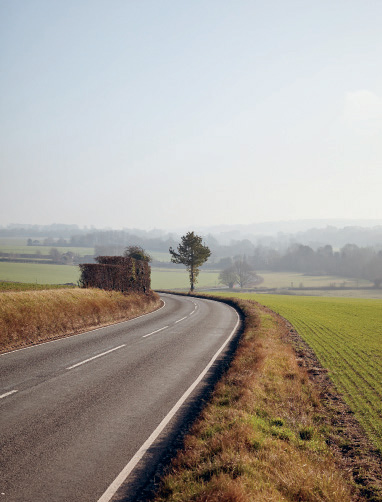
“Kent is almost all coastline stretching from the Thames Estuary all the way round to the English Channel,” he explains. “The northern coast is largely historic salt marsh. This makes for good for grazing, especially for sheep, and historically it meant salt could be made here.”
“Being surrounded by sea also affects the climate as it moderates extremes of temperature,” Harries goes on. “The prevailing weather systems come across the Atlantic from west to east which means that rain tends to fall more in the west where it first hits land and results in a drier climate in eastern counties of the UK.”
“Kent also gets more sunshine and higher temperatures than most areas of the country. This helps to explain why it grows soft fruit, such as strawberries, cherries and others so successfully. Inland is the Weald of Kent, where the lush green, pasture that produces milk and cream of the highest quality. This means the butter and cheese is potentially as good as any from Normandy or the Charentes.”
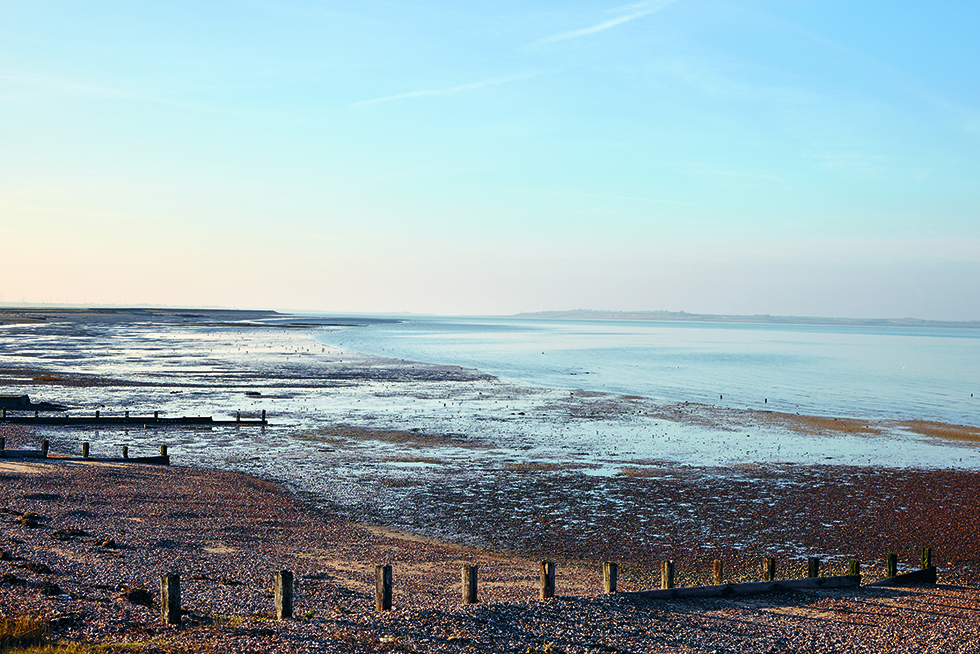
Commercial growers of tomatoes and peppers site their greenhouses in Kent, because light is critical to the development of these plants, while wilder fare flourish in the region too.
“Another element of the county’s unique terroir is the amount of game that is found,” says Harris, “due to the diverse habitats of the marshlands and Weald.”
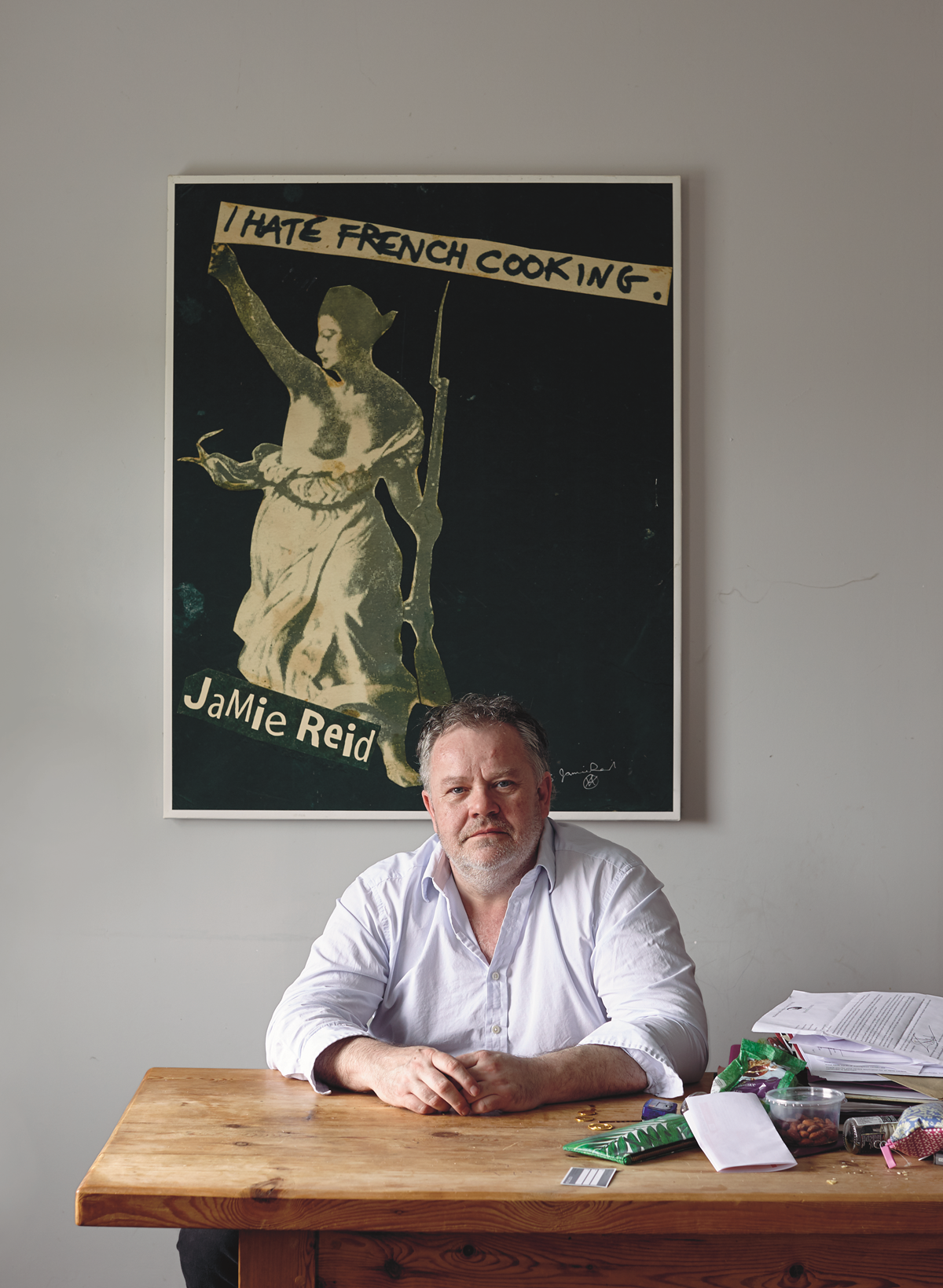
And of course the seaside also offers up ingredients to pioneering chefs such as Harris. “The estuary coast has some of the best oyster beds in the world, and the beaches provide bladderwrack, gutweed, sea lettuce, sea buckthorn and sea vegetables that have never been properly exploited in British food,” he argues. “The salt from the marshes also make it possible to preserve meat or fish using the traditional methods that helped people to survive the lean days of winter. If you put all of these factors together then Kent has so many high quality ingredients that are a result of its geography, geology, climate and history that there is no doubt we can call it a terroir.”
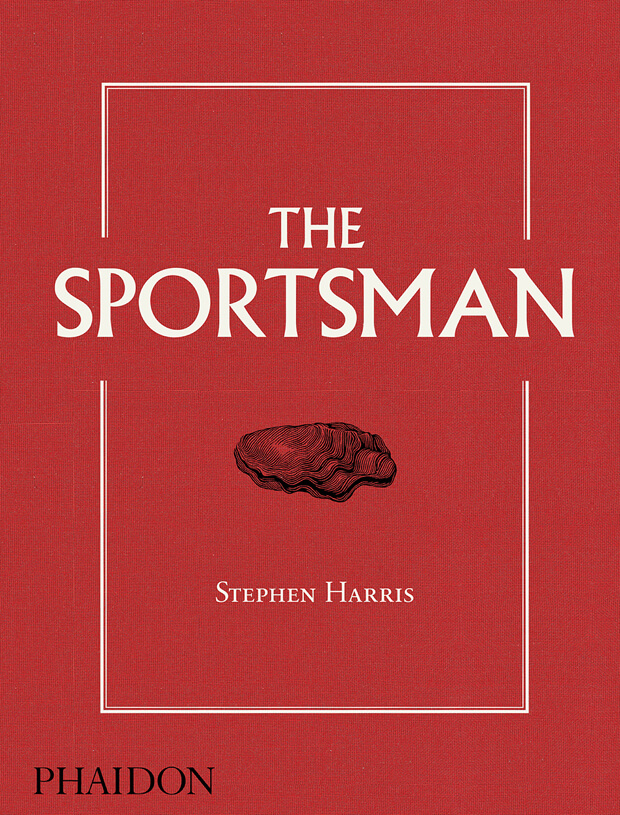
It might be a French term, but Harris has made his local climate, flora and fauna very much his own. For more on this remarkable chef, his recipes and his restaurant order a copy of The Sportsman here.